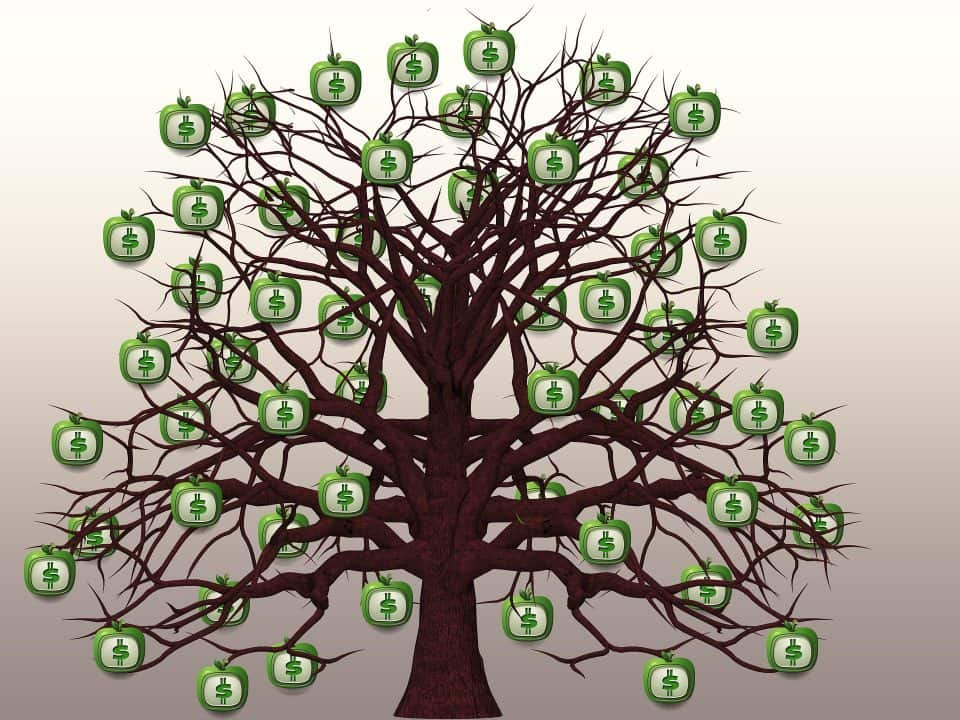From many years as a writer, a successful recipient, an observer of nonprofits, and a teacher of grants development, I have reached several conclusions:
- Many who are affiliated with non-profit organizations, either as staff or volunteers, subscribe to the cherry tree theory. They feel that grants are like ripe fruit, hanging there ready to be plucked by anyone who wants.
- Others believe in the cure-all effect of grants. There is no problem, no need, no financial condition that a grant or two won’t fix.
- Members of an organization’s board of directors often feel that their agency is a can’t miss proposition, its cause so noble, its programs so appealing that a foundation would be doing itself a disservice by not giving a grant.
- Still others consider grants the base on which to build a complete development program.
There is an element of truth in all of the above theories. None of them, however, should be the sole criterion for a grants (“foundation relations”) program.
- Grants do not grow on trees.
- They are not a panacea for all an organization’s ills.
- No organization is entitled to a grant per se.
- Grants should never be regarded as the basis on which a fundraising program rests. Rather they should form the top—the “icing”—of a development “cake.”
This last statement is particularly important. Until a fundraising program is carefully planned and implemented, seeking grants more often than not is a waste of time. This adage applies both to annual fund efforts and capital campaigns.
What are the prerequisites for increasing the likelihood of receiving funding? This list is not exhaustive but includes:
- Track record of non-deficit years
- Solid, demonstrable support by the board and staff
- High level of support (percentage and gifts) from other components of the organization’s “publics”
- Careful research and screening of potential funding sources, looking at matches in geography, type of funding, program interests, etc.
- A well written, persuasive, appropriate proposal (no “boilerplate” documents).
Even if an organization receives a 100% “grade” in all these areas, it is not guaranteed a grant. However, the closer it comes to meeting all these requirements, the better its chances are. Conversely, except in some special cases, lack of success will occur if these are not met.
Stages of Grants Development
1. Research: To determine an organization’s funding (and fundable) needs and potential funding sources’ priorities, formats, submission guidelines, etc.
2. Screening: To narrow the field to foundations from which the possibility of funding is good.
3. Proposal Development: To create a generic proposal that will serve—with appropriate modifications for every foundation—as the basic request for funding.
4. Final Submission: Once all the prerequisites noted above are met, proposals are written and sent.
In Conclusion
Grants development is an ongoing process. The cycle outlined above will be repeated as new sources are brought to the attention of those responsible for obtaining grants. At the same time, it is essential that the other areas of a newly created or longstanding Development Office continue to perform at a high level. Without their success, seeking grants becomes much more difficult.
If you are interested in expanding your grants program, would like help with grant writing or research, our experts are here to help. Schedule a complimentary consultation with us or contact us at contact@ssutton-and-associates.com today.
 Contact@SSutton-and-Associates.com
Contact@SSutton-and-Associates.com 420-737-921-492
420-737-921-492 410-245-0398
410-245-0398 647-969-8866
647-969-8866



 www.SSutton-and-Associates.com
www.SSutton-and-Associates.com